We’ve always known a few things… Being a great employer means more than paying well. It means treating people as individuals, showing appreciation for their achievements, and connecting workplace priorities with personal aspirations. For a long time, incentive, recognition and reward providers have known it is true, and that their clients – focused on issues like these – achieve better results than their competitors. Higher profits, better productivity, improved customer service scores are all part and parcel of an engaging place to work where people feel good about being there and doing their jobs. Now, cutting edge research, grounded in the latest technology, gives us a better understanding of the science of rewards and recognition, and confirms some long-held beliefs.
I am honored to serve as the chair of the Research Committee of the Incentive Research Foundation (IRF), and we have been working on some pretty amazing things. The IRF recently released the first of a two-part study, and unlike the surveys and observational studies that dominate the field, this one relied on biometrics.
Borrowing from neuromarketing, IRF and its research team studied pupil dilation and eye tracking as study participants evaluated reward choices, and also as they were exposed to different kinds of recognition experiences. What we want and what we say we want don’t always match up. But there are details of our biology that make our interest in – or lack of interest in – things very clear. In fact, even how long you focus on something gives you away.
The results are remarkable and well worth checking out. You can find the IRF’s papers here.
(Incentive Research Foundation, “Conscious and Unconscious Reward Preference & Choice: A Biometric Experiment”)
Some of the most significant findings include:
- Conscious and unconscious preferences are not the same. IRF cites researcher Daniel Kahneman, who notes, “people do not always make choices consistent with their preference or with what motivates them most.”
- Non-cash rewards are preferred, by a wide margin. Biometric results showed that it took participants longer to focus on cash than any other option. That means it was less desirable.
- Choosing cash requires an override. The conscious mind has to come in and remind the unconscious mind, “what about the bills…” to make it desirable.
- 62 percent of participants chose a tangible reward, even after they think about cash. Multiple studies show that given an equal opportunity to choose a tangible reward, that’s what participants will do. It’s a clear preference.
The research gives us a view into the kinds of rewards that actually motivate people, and that’s essential to understand when planning an incentive or recognition program.
For more great research, visit the IRF website or our own Resources page. Can’t find what you’re looking for? Give us a call and we’ll be happy to point you in the right direction.




